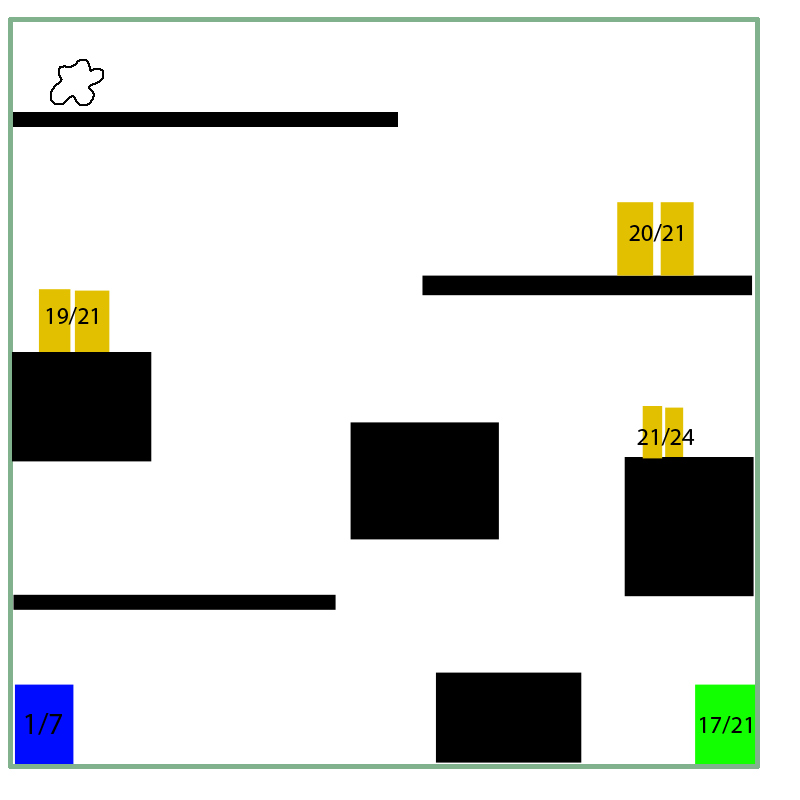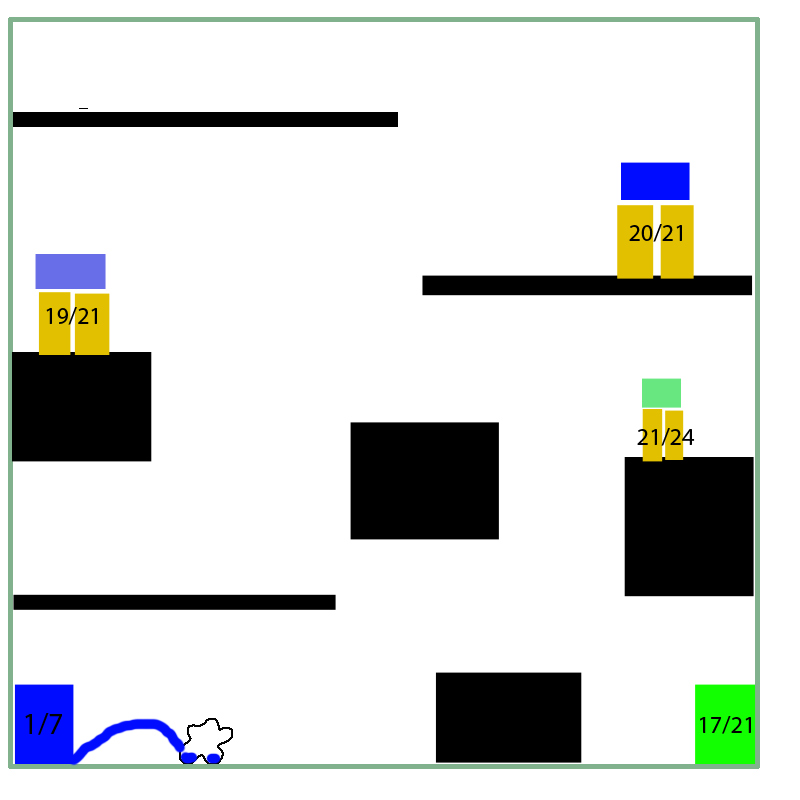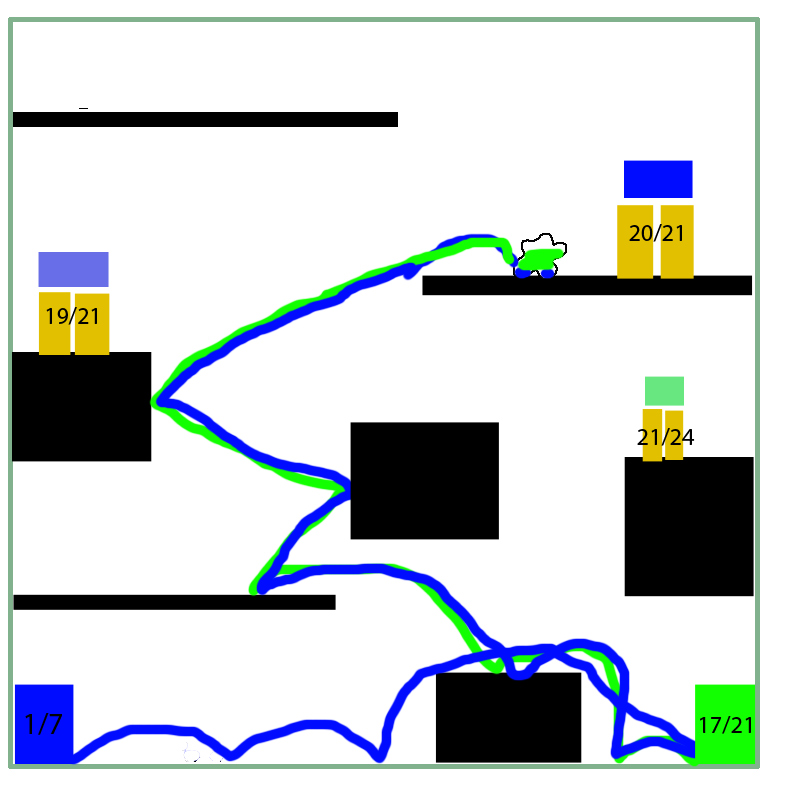Difference between revisions of "Colour The Part"
| Line 18: | Line 18: | ||
==Implemented Domains== | ==Implemented Domains== | ||
| − | + | 4.N.4 Select, use, and explain models to relate common fractions and mixed numbers (1/2, 1/3, 1/4, 1/5, 1/6, 1/8, 1/10, 1/12, and 11/2), find equivalent fractions, mixed numbers, and decimals, and order fractions. | |
| + | 4.N.10 Select and use appropriate operations (addition, subtraction, multiplication, and division) to solve problems, including those involving money. | ||
| + | 4.N.12 Add and subtract (up to five-digit numbers) and multiply (up to three digits by two digits) accurately and efficiently. | ||
| + | 4.N.18 Use concrete objects and visual models to add and subtract common fractions. | ||
| + | 4.P.6 Determine how change in one variable relates to a change in a second variable, e.g., input-output tables. | ||
==Project Plans== | ==Project Plans== | ||
Revision as of 20:59, 12 October 2009
Group Members
Spence Thompson, Forrest Marvez
Project Description
Incorporating math and color theory onto a platformer, create a fun and educational activity targeted at 4th grade Math students. The activity uses elements of platform games with obstacles and puzzle solving to teach addition and multiplication of fractions while keeping the player entertained.
This project is a part of the RIT Math4Team Educational initiative.
Tone words: color, fractions, logic, problem solving
Basic Concept
The game revolves around teaching the players fractional multiplication on multiple levels using pre-generated sets of fractions. The player must navigate and overcome obstacles to reach fractional paint buckets which change their color to match the specified fractions and color present on the bucket. For instance, a 1/6th red paint bucket will be colored 1/6th of the red spectrum and have the fraction 1/6th visible on it. After the player reaches a fractional paint bucket, the color then follows behind the player as a trail painting the background as the player moves. When the player reaches multiple paint buckets the two trails combine to display the final color similar to the proper exit doorway. These elements are required to advance on the level as they also open locks to the exit doorways. Choosing the correct exit doorway by determining the proper Least Common Denominator (LDC) advances the player to the next level, while choosing the wrong doorway resets the level. Wrong exit choices result in an explanation of the user’s mathematical mistake, a time penalty, and a new set of fractions for the level from a pre-generated list. Player’s score is determined by time required to complete the level, selecting a wrong doorway resets the level but the timer continues to count up. Player’s avatar continually bounces and using colors collected from the paint bucket can use special abilities such as enhanced jumps and speed to overcome obstacles and solve puzzles.
Implemented Domains
4.N.4 Select, use, and explain models to relate common fractions and mixed numbers (1/2, 1/3, 1/4, 1/5, 1/6, 1/8, 1/10, 1/12, and 11/2), find equivalent fractions, mixed numbers, and decimals, and order fractions. 4.N.10 Select and use appropriate operations (addition, subtraction, multiplication, and division) to solve problems, including those involving money. 4.N.12 Add and subtract (up to five-digit numbers) and multiply (up to three digits by two digits) accurately and efficiently. 4.N.18 Use concrete objects and visual models to add and subtract common fractions. 4.P.6 Determine how change in one variable relates to a change in a second variable, e.g., input-output tables.
Project Plans
Must Implement:
- Question Generator for each convention
- Achievements and "award box"
- Local Scoreboard - saves your best times etc.
- Re-implement GB mode differently
Cool If:
- Local Multiplayer
Future Plans
- Online play and leaderboards
Concept Art & Design Sketches
How To Play
Lesson Plan
1. Implemented Domains:4.N.12, 4.N.4, 4.N.7
2. Preparation/Materials:
- Each student must be instructed on how to use the laptop in gameboy mode, using the up/down right/left arrow pad.
- The students should already know the implemented domains as this game is more of a way to re-affirm what they already know through exploring their puzzle solving skills.
- Each student should have their own XO.
3. Goals:
- This game is meant to be a way in which students can cement concepts they have already learned, but they'll be doing it in a way where they'll also be having fun and learning puzzle solving skills by doing it in a maze-like environment.
- Have the students review multiplication, fractions and factorization.
- Have the students build puzzle solving skills.
Project Files
None
Contacts
Spence Thompson: stt6741@rit.edu
Forrest Marvez: fmarvez@gmail.com
Development Plan
The project goal is complete the 10 levels by the end of the Fall 2009 quarter. Our project will be made publically available on SugarLabs with a Wiki and goals so that other developers may pick the project up or continue it. Final delivery will be an OLPC activity with documentation, artwork, and source code.


